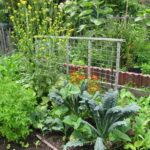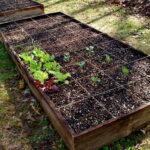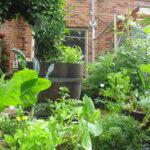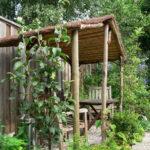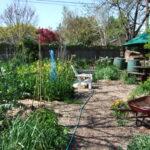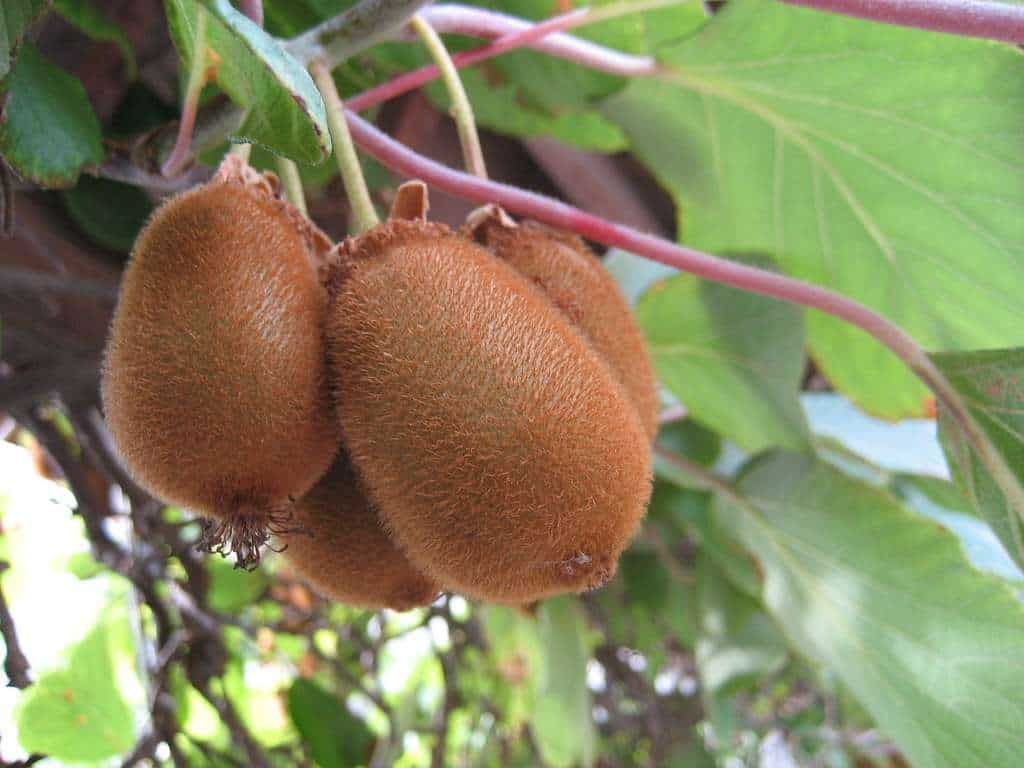Fruit gardening is a wonderful hobby that can be both relaxing and rewarding. The satisfaction of biting into a juicy piece of fruit that you’ve grown yourself is unmatched. However, many gardeners find it challenging to get the right balance of sunlight, water, and nutrients to grow a healthy, bountiful fruit garden. If you’re having trouble getting your fruit garden to thrive, here are ten proven tips to help you achieve success.
Tips for Growing a Fruit Garden
Choose the Right Location
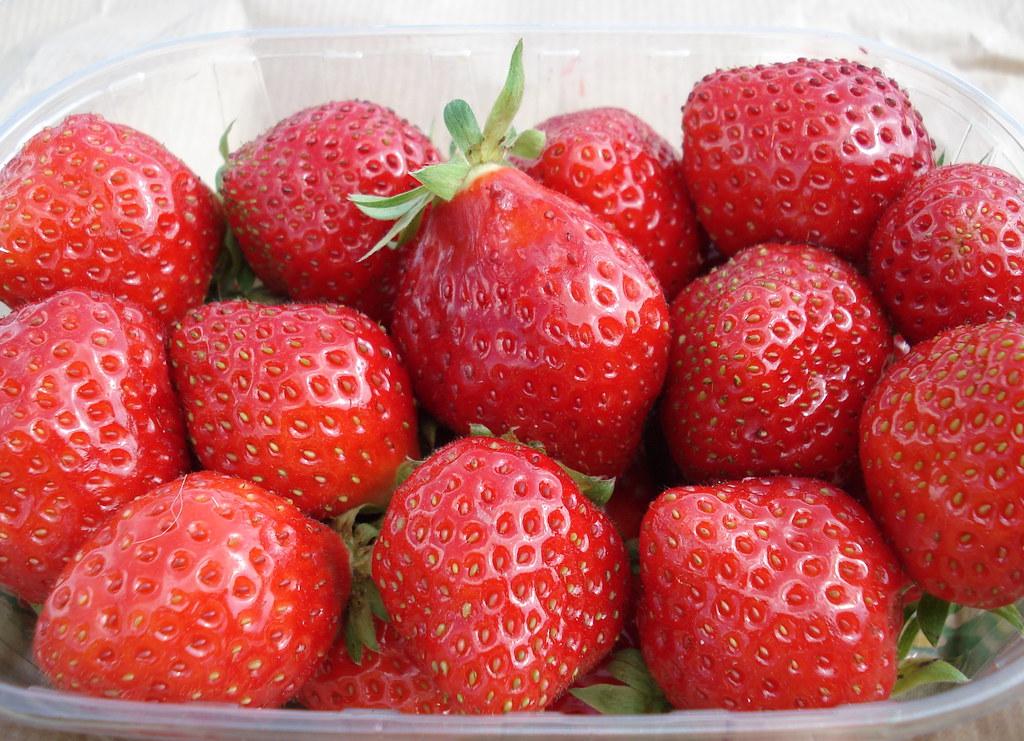
The first step in growing a thriving fruit garden is to choose the right location. Your fruit trees and bushes need plenty of sunlight to produce fruit, so make sure to choose a spot that gets at least six hours of direct sunlight each day. Avoid low-lying areas that are prone to frost, and keep your fruit garden away from buildings, walls, and other structures that can reflect heat and light.
Use the Right Soil
Soil is one of the most important factors in growing a successful fruit garden. Make sure to choose a well-draining soil that is rich in organic matter. If your soil is heavy or clay-like, you may need to amend it with compost or other organic matter to improve its structure. Consider having a soil test done to determine the pH and nutrient levels in your soil, and adjust as needed.
Proper Pruning
Proper pruning is essential for maintaining the health and productivity of your fruit trees and bushes. Pruning encourages new growth, removes dead or diseased wood, and improves the overall structure of the plant. Prune your fruit trees in late winter or early spring, before the new growth begins.
Watering
Water is essential for the health and growth of your fruit trees and bushes. Make sure to water your plants deeply, and keep the soil evenly moist. Avoid over-watering, as this can lead to root rot. Water your fruit garden in the morning, so that the leaves have time to dry off before nightfall.
Fertilizing
Fertilizing is an important part of maintaining the health of your fruit trees and bushes. Choose a balanced, slow-release fertilizer that is formulated for fruit trees. Apply fertilizer in early spring, and again in mid-summer. Avoid over-fertilizing, as this can lead to excessive growth and reduced fruit production.
Pest Control
Pests and diseases can cause significant damage to your fruit garden, and it’s important to take steps to prevent or control these problems. Make sure to choose disease-resistant varieties, and use organic methods of pest control whenever possible. Keep an eye out for signs of pest damage, and take action promptly to prevent further damage.
Companion Planting
Companion planting is the practice of planting different types of plants together in a way that benefits both the plants and the garden as a whole. For example, planting garlic near fruit trees can help to deter pests and diseases. Planting herbs such as basil or mint near fruit bushes can also be beneficial.
Mulching
Mulching is a simple and effective way to conserve moisture and suppress weeds in your fruit garden. Apply a layer of organic mulch, such as bark chips or leaves, around the base of your fruit trees and bushes. Keep the mulch about 2–3 inches deep, and make sure to keep it away from the trunk of the tree or bush.
Proper Training
Proper training is essential for the health and productivity of your fruit trees. Make sure to train your trees to grow in a manner that allows for good air circulation and light penetration, which helps to prevent disease and promotes fruit production. Train your trees to a central leader or open vase shape, and prune out any crossing or rubbing branches. Also, make sure to remove any water sprouts or suckers that grow from the base of the tree, as these can compete with the main branches for light and nutrients.
Harvesting
Finally, don’t forget to harvest your fruit when it’s ready! The timing of the harvest depends on the type of fruit you’re growing, but generally, fruit is ready to pick when it’s full-sized, fragrant, and has changed color. Harvest fruit in the morning, when it’s cool, and handle it gently to avoid bruising.
Growing a thriving fruit garden requires a bit of patience and effort, but the rewards are well worth it. By following these ten tips, you’ll be well on your way to growing a productive and beautiful fruit garden that you can enjoy for years to come.
Keywords: fruit gardening, growing fruit, fruit trees, fruit bushes, sunlight, soil, pruning, watering, fertilizing, pest control, companion planting, mulching, training, harvesting, organic methods.
Check out our Novel Writing Workbooks
Check out Little Tree Food Forest for articles on food forests and homesteading.
Check out FoodieScapes for articles on growing, fermenting and preserving food
Check out StoryScapes.World for articles on writing.
Related Content
Related Content
Subscribe to our newsletter to get information delivered to your inbox on edible landscaping, growing food and medicinal plants, growing mushrooms, foraging, fermentation, food preservation, raising small livestock, and more.







